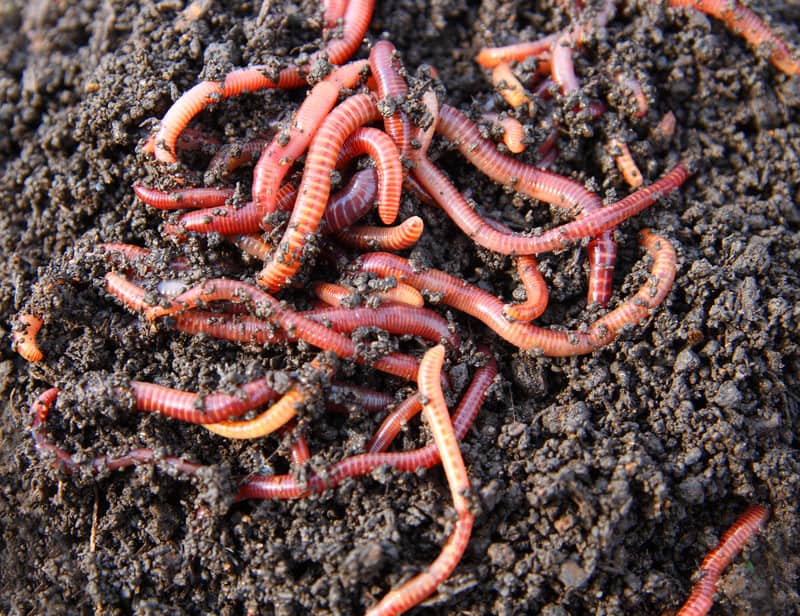Things about North Carolina Worms
Things about North Carolina Worms
Blog Article
The 10-Minute Rule for North Carolina Worms
Table of ContentsNorth Carolina Worms Fundamentals ExplainedFascination About North Carolina WormsThe Buzz on North Carolina WormsNorth Carolina Worms Can Be Fun For Everyone
Example: 1-gallon of worm spreadings to 4 gallons of potting mix. 1/2 mug in the bottom of the planting opening for smaller plants. 1 cup for larger plants.
The enhancement of tea can also include enhanced microbial biomass to your soil. You can constantly side-dress your plants with worm castings at any moment. Just keep in mind, the bacteria will certainly die if revealed to UV rays (Sun), so be certain to cover the castings with an inch approximately of soil.
This frustrated them for years until the screening techniques became better. It would certainly get much better(with more spreadings), degree off, and then decrease. Too lots of worm castings would certainly speed up the development to a pace that the plant might not recoup from.
A Biased View of North Carolina Worms
Lots of herbicides work with this same principle. So, 20% by volume seems to be the "Sweet Spot". I have stated the virtues of worm castings for about 2000 words. What about the opposite side of the coin? Nothing is perfect. Worm spreadings are no different. It takes some time to create high quality worm castings.
You can acquire them which causes number 2. Worm castings certainly set you back more than chemical fertilizers. Worm castings are on the less costly end of natural fertilizers. You will certainly have to decide what is more vital. It is easy to produce percentages of worm castings. (50 gallons per year) It is a much harder and really costly investment to generate huge amounts of worm spreadings (North Carolina Worms).

Developing a healthy dirt may be the best benefit of worm spreadings. We discussed worm spreadings NPK and likewise the appropriate nutrient evaluation that ought to apply to worm spreadings.
The Facts About North Carolina Worms Uncovered
We spoke concerning some of the disadvantages associated with worm castings. I covered a whole lot of material in this short article.
The vertical burrows are usually open, although the worms cap the leading with deposit and waste matter. Roots require oxygen for their development, whereas they create carbon dioxide that requires to leave the soil.
Earthworms increase porosity by 2 systems: (1) by producing permanent burrows, and (2) by improving dirt aggregation. Gathering is enhanced by the blending of dirt and organic issue in the earthworms' digestive tracts. Lake Rhodhiss Bait. These very stable accumulations are deposited by some earthworms in their burrows, and by others at the surface area of the dirt


In one more research study, earthworms were estimated to eat 4 to 10 percent of the leading 6 inches of the dirt each year. Dirt compaction lowers the porosity of the soil.
Some Known Questions About North Carolina Worms.
Regular earthworm populaces can conveniently eat 2 lots of dry matter per acre each year, partially absorbing and blending it with dirt. The significance of earthworms to mix surface area residue with dirt ends up being very clear in soils that do not have any earthworms. The majority of our Pennsylvania soils contend least some earthworms, and the result of their total absence, consequently, can not be noted.
(https://blackandbluedirectory.com/gosearch.php?q=http%3A%2F%2Fwww.northcarolinaworms.com%2F&x=0&y=0)In these soils, the formation of topsoil with sensible organic matter content did not take place, resulting in poor plant development. As soon as the reason was established, the government of the Netherlands started a project to present earthworms. After the intro of the earthworms, a dark topsoil layer was developed, and crop growth boosted substantially.
They live largely from partly disintegrated natural matter that is currently included in the soil. They eat their way with the dirt, producing horizontal burrows that they loaded with their waste matter. These varieties ingest huge quantities of soil that they blend with absorbed plant residue in their digestive tracts. or anecic types reside in permanent upright burrows that can be 5 or 6 feet deep.
These species consume substantial quantities of dirt that they mix with digested deposit in their digestive tracts. Their waste matter is mainly transferred at the surface of the dirt.
Report this page